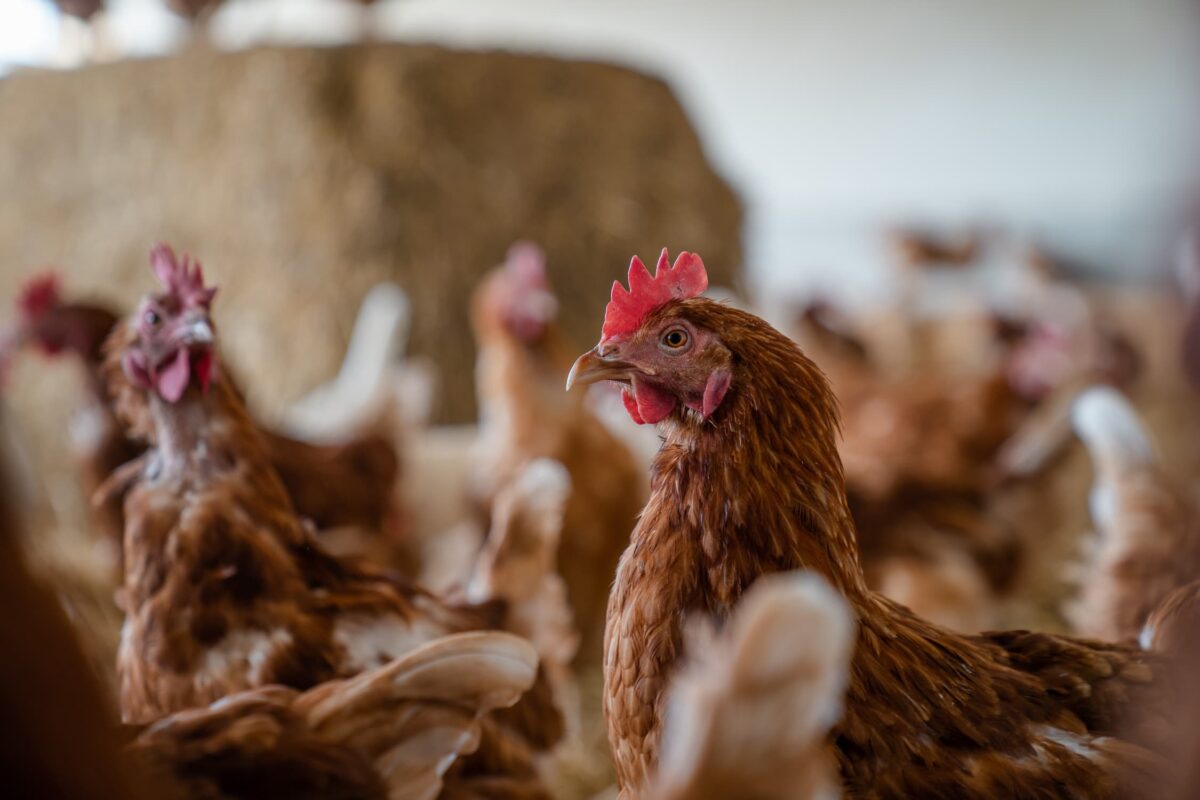Poultry
There are numerous breeds of chicken in Switzerland, most of which are of particular interest to hobby keepers. Farmers rely on special breeds. A distinction is made between laying lines for egg production and fattening lines for the production of chicken meat. A laying hen lays around 320 eggs per year. A broiler chicken is fattened and ready for slaughter at around one month.
Producers keep other poultry species for meat production, including turkeys, ducks and geese. Quails are also kept at specialised farms for the production of eggs.


